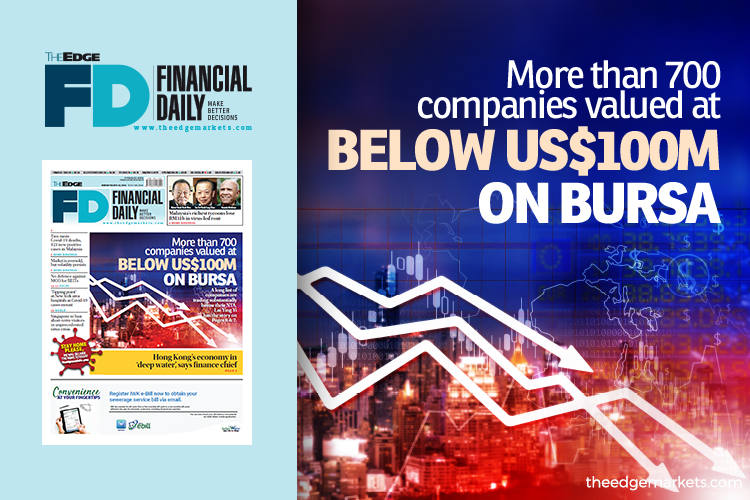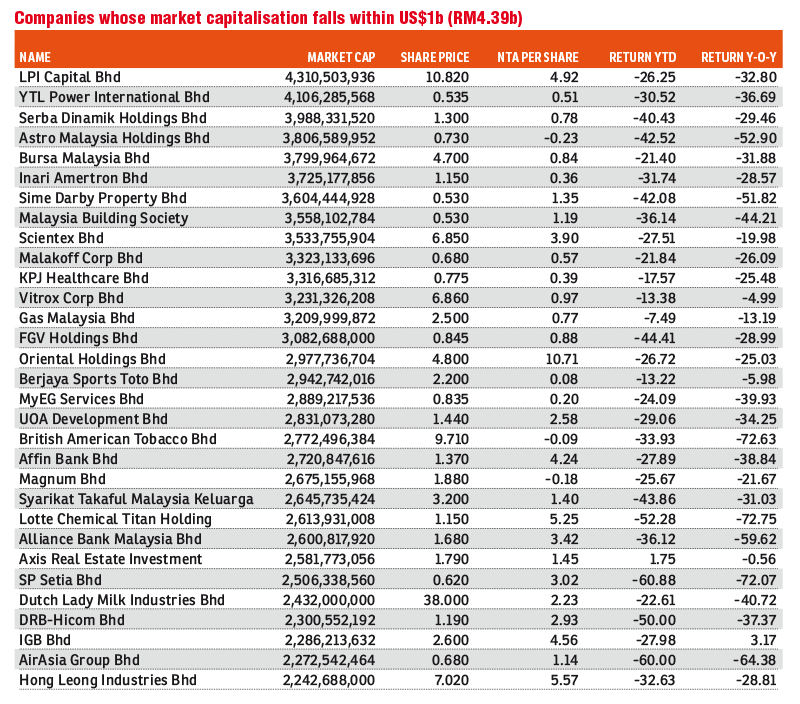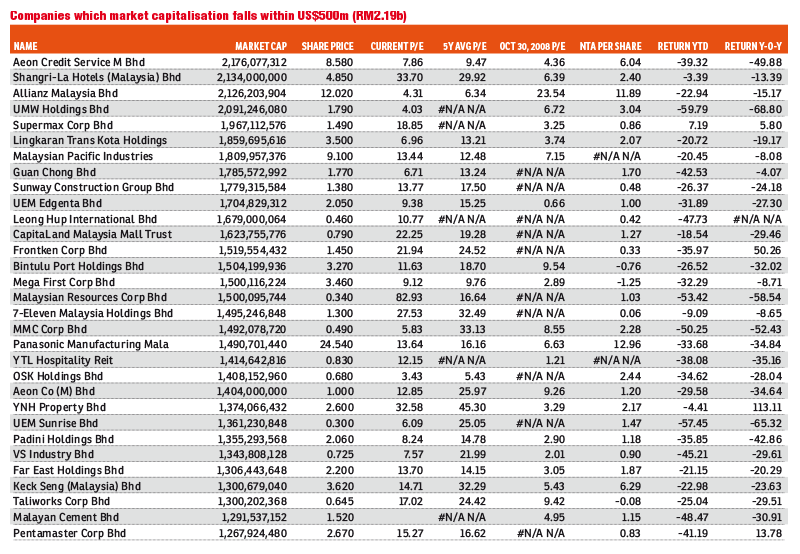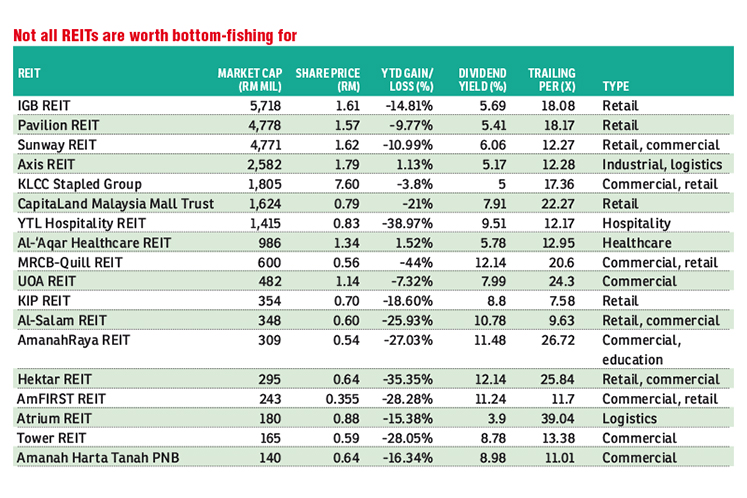This post reflects on the recovery of the KLSE (KLCI) from its March 2009 low to January 2010, offering observations and investment advice.
Tuesday, 12 January 2010
Reviewing the rise in KLCI from March 09 to now (12/1/2010)
Key Market Observations:
The initial rebound was broad-based, but momentum later concentrated on blue-chip and index-linked stocks, particularly financials.
Retail investors were largely slow to re-enter, missing the steepest gains.
The market showed overreaction tendencies, with prices sometimes moving in "giant steps" detached from short-term fundamental changes (e.g., glove sector).
Corrections have been mild so far, with a warning that the "bull party" will eventually end.
Core Investment Philosophy:
Focus on individual stocks, not the overall market, by understanding the business, management, and intrinsic value.
Debate about whether the market is overvalued is common; the solution is disciplined stock picking.
Recommended Stock-Picking Matrix:
Seek companies with a 5-10 year consistent track record of:
High Return on Equity (ROE) > 15%
Strong Free Cash Flow generation (FCF/Sales > 5%; FCF/Total Capital Employed > 10%)
Buy Strategy:
Purchase such companies at bargain prices, when:
Earnings Yield (EY) and Dividend Yield (DY) are at the high end of their historical range.
Free Cash Flow yield relative to Enterprise Value (FCF/EV) is an attractive multiple of the risk-free rate.
Definitions Provided:
FCF = Cash Flow from Operations - Cash Flow from Investing
TOCE = Equity + Long-Term Debt
EV = Market Capitalization + Total Debt - Cash
This 2010 article provides a thoughtful, real-time observation of a market recovery, blending psychological insight with a disciplined value-investing framework. Its true value lies less in its specific market calls and more in the timeless principles it demonstrates.
Here is a critical analysis of its content and the key lessons it offers.
Critical Analysis: Strengths and Limitations
The article's strengths lie in its philosophical and practical approach to investing, though its timing and scope present some limitations.
Key Lessons for Investors
The article's enduring value is in the lessons it embodies:
Lesson 1: Manage Psychology, Not Just Portfolios: The article shows that the biggest risk in a recovery is often emotional—the fear of re-entering or the greed of chasing overheated sectors. Successful investing requires managing these biases.
Lesson 2: Fundamentals Anchor Long-Term Results: The recommended focus on high ROE (>15%) and strong Free Cash Flow is a recipe for finding companies that can compound value over time, regardless of market cycles. This discipline helps avoid speculative bubbles.
Lesson 3: Flexibility is Essential: The author was observing a fluid situation. A key lesson from that period is that investors must "approach the future with an open mind to different outcomes". Rigid predictions often fail.
Lesson 4: Macro Context Matters: While stock-picking is crucial, the article's omission of macro forces (like central bank policy) is a reminder to consider the broader environment. Malaysia's own "V-shaped" recovery from the 1997 crisis was heavily influenced by specific capital control policies.
The Stock-Picker's Matrix: A Modern Application
The author's core strategy remains highly applicable. Here’s how you can interpret it for current research:
High ROE (>15%): This indicates a company's consistent ability to generate profits from shareholder equity. Look for stability over 5-10 years, not just a single peak.
Strong Free Cash Flow (FCF/Sales >5%): This "cash cow" indicator shows financial resilience. It allows a company to invest, pay dividends, or weather downturns without relying on debt.
Buying at a Bargain: The metrics for identifying value (high Earnings Yield, attractive FCF/EV yield) are crucial. A wonderful company can be a poor investment if purchased at an excessively high price.
Additional Considerations
The search results highlight two other critical concepts the article did not address:
Survivorship Bias: When studying past winners (like the top stocks since 2009), remember we only see the companies that survived and thrived. Many others failed and were delisted, skewing our perception of past opportunities.
The "Why" Behind the Rally: The sustained bull market was not just about bargains. It was fueled by over a decade of historically low interest rates and quantitative easing by central banks, which pushed investors into riskier assets like stocks.
In summary, treat the article not as a market forecast, but as a case study in disciplined investing psychology and fundamental analysis during a period of extreme uncertainty.
You can apply the author's specific financial matrix (screening for high ROE and FCF) to analyze a particular stock or sector you're researching.




